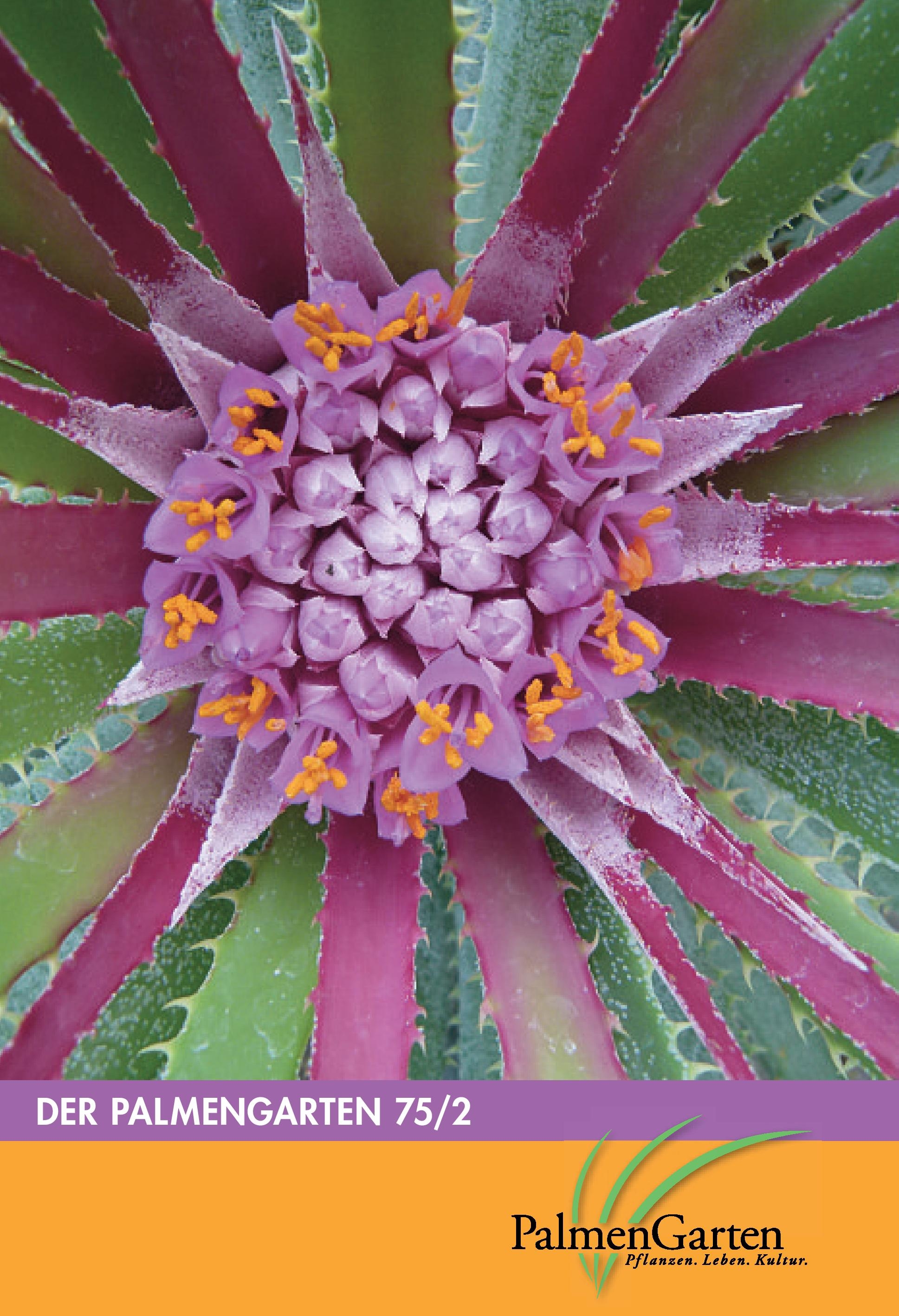Klebrige Nascherei für Rüsselspringer: Elephantulus edwardii als Bestäuber von Whiteheadia bifolia
DOI:
https://doi.org/10.21248/palmengarten.126Abstract
Nachdem Whiteheadia bifolia (Pagoden-Lilie, Hyacinthaceae) vor kurzem in Südafrika als nagerbestäubt identifiziert wurde, wird jetzt der Kap-Rüsselspringer (Elephantulus edwardii, Ordnung Macroscelidea) als weiterer Bestäuber beschrieben. Nahe Whiteheadia-Pflanzen gefangene Tiere wurden in zwei Terrarien gegeben, welche die Pflanzen enthielten. Während die Rüsselspringer Nektar mit ihren langen dünnen Zungen aufleckten, wurden sie mit Pollen eingestäubt und berührten die Narben der Blüten mit ihren langen und beweglichen Nasen. Die gefangenen Tiere hatten W. bifolia-Pollenkörner in ihrem Kot, vermutlich als Resultat des Fellputzens, da sie die Blüten besuchten, ohne sie zu fressen oder zu zerstören. Dies ist die erste Beobachtung von Bestäubung und Nektarkonsum beim vorwiegend insektivoren Kap-Rüsselspringer.
Literaturhinweise
Carthew, S. M. & Goldingay, R. L. 1997: Non-flying mammals as pollinators. – TREE 12: 104-108. https://doi.org/10.1016/s0169-5347(96)10067-7
Fleming, P. A. & Nicolson, S. W. 2002: How important is the relationship between Protea humiflora (Proteaceae) and its non-flying mammal pollinators? – Oecologia 132: 361-368. https://doi.org/10.1007/s00442-002-0921-9
Johnson, S. D., Burgoyne, P. M., Harder, L. D. & Dötterl, S. 2011: Mammal pollinators lured by the scent of a parasitic plant. – Proc. R. Soc. Lond. 278: 2303-2310. https://doi.org/10.1098/rspb.2010.2175
Kress, W. J., Schatz, G. E., Andrianifahanana, M., Morland, H. S. 1994: Pollination of Ravenala madagascariensis (Strelitziaceae) by lemurs in Madagascar: evidence for an archaic coevolutionary system. – Amer. J. Bot. 81: 542-551. https://doi.org/10.1002/j.1537-2197.1994.tb15483.x
Perrin, M. 1997. Cape rock elephant shrew, Elephantulus edwardii. – In: Mills G. & Hes, L. (Hrsg.): The complete book of southern African mammals. – Kapstadt.
Rathbun, G. B. 2009: Why is there discordant diversity in sengi (Mammalia: Afrotheria: Macroscelidea) taxonomy and ecology? – Afr. J. Ecol. 47: 1-13. https://doi.org/10.1111/j.1365-2028.2009.01102.x
Rebelo, A. G. & Breytenbach, G. J. 1987: Mammal pollination in the Cape flora. In: Rebelo, A. G. (Hrsg.): A preliminary synthesis of pollination biology in the Cape flora. South Afric. Nat. Sci. Program Report 141: 109-123.
Turner, V. 1982: Marsupials as pollinators in Australia. – In: Powell, J. A. & Richards, R. J. (Hrsg.): Pollination and evolution. – Sydney.
Wester, P. 2009 a: Mice pollinators in the Cederberg. The first field observations with photographic documentation of rodent pollination in South Africa. – Veld & Flora 95: 82-85.
Wester, P. 2009 b: Von Mäusen und Pavianschuhen. – Erste Geländebeobachtung von Nager-Bestäubung in Südafrika. – Palmengarten 73: 120-125. https://doi.org/10.21248/palmengarten.91
Wiens, D., Rourke, J., Casper, B., Rickart, E., Lapine, T., Peterson, C. & Channing, A. 1983: Nonflying mammal pollination of southern african proteas: a non-coevolved system. – Ann. Missouri Bot. Gard. 70: 1-31. https://doi.org/10.2307/2399006




